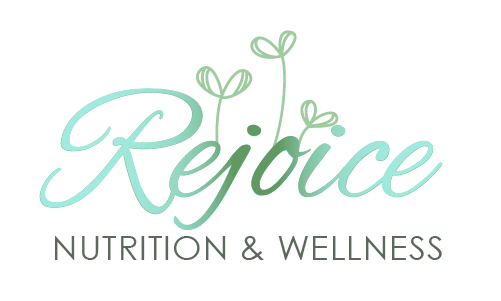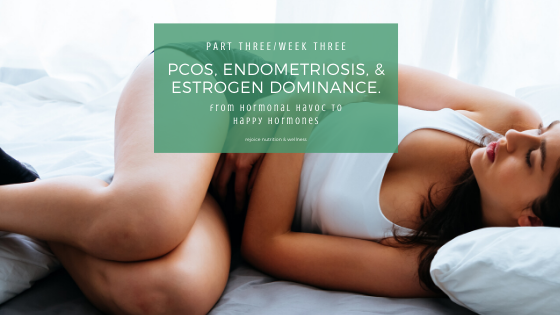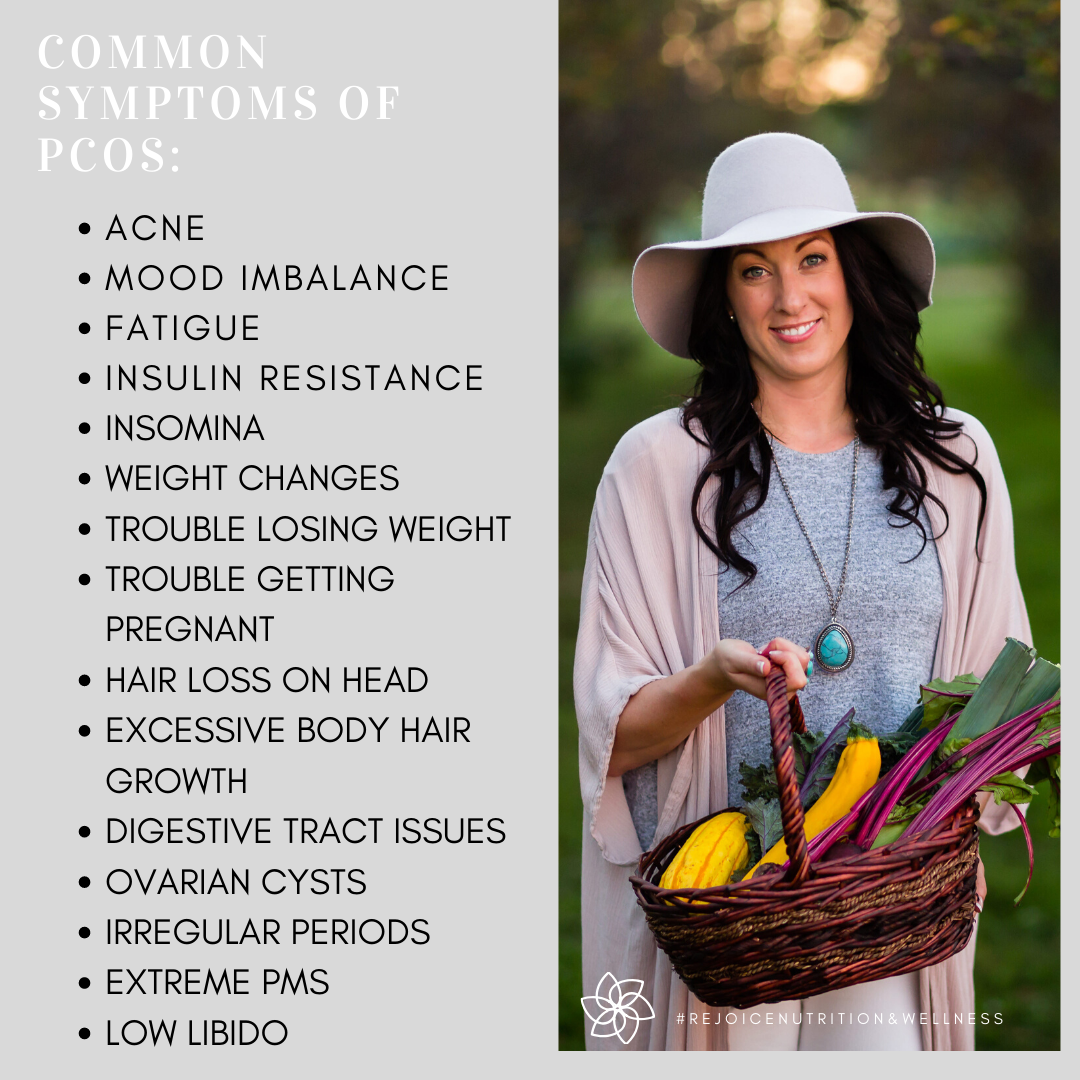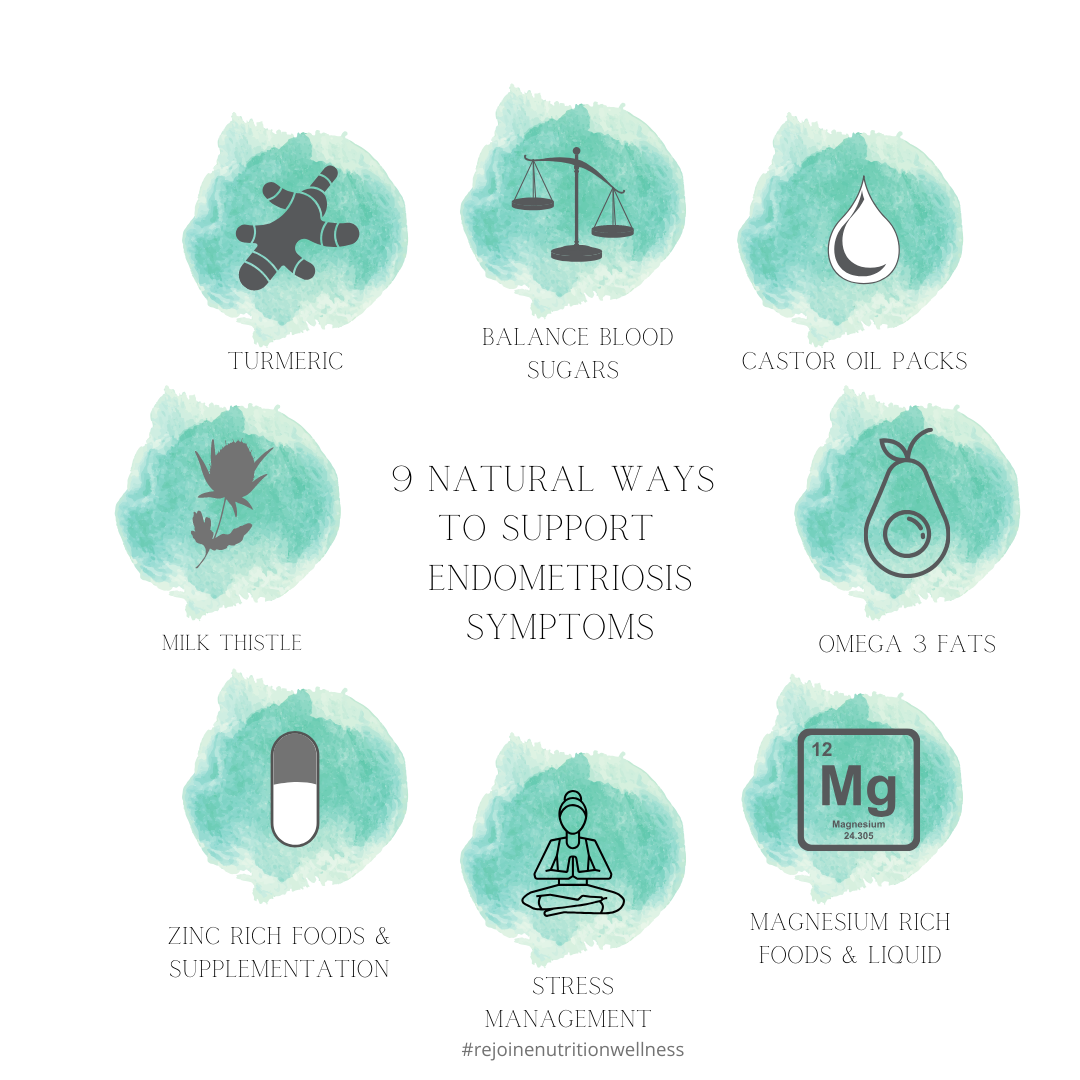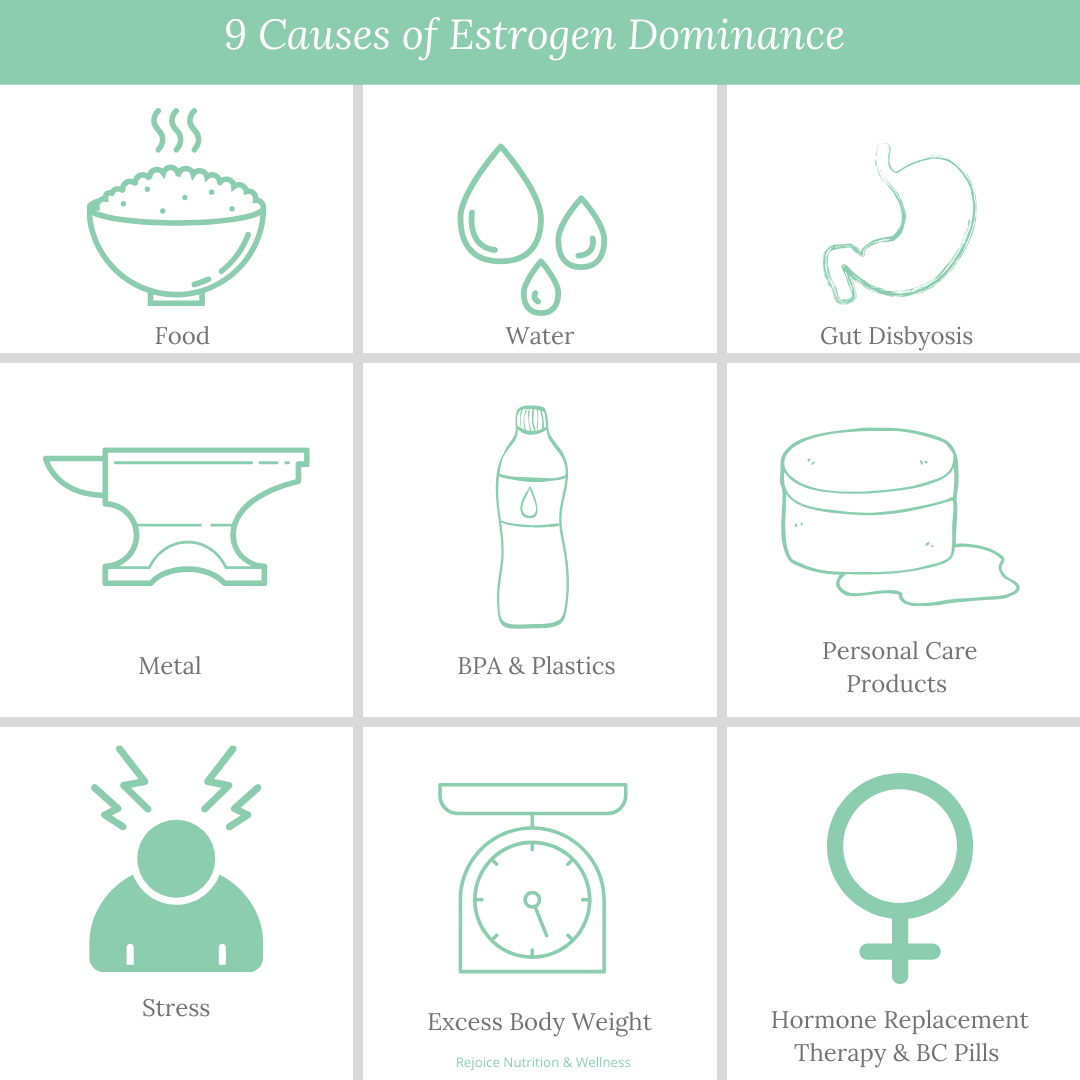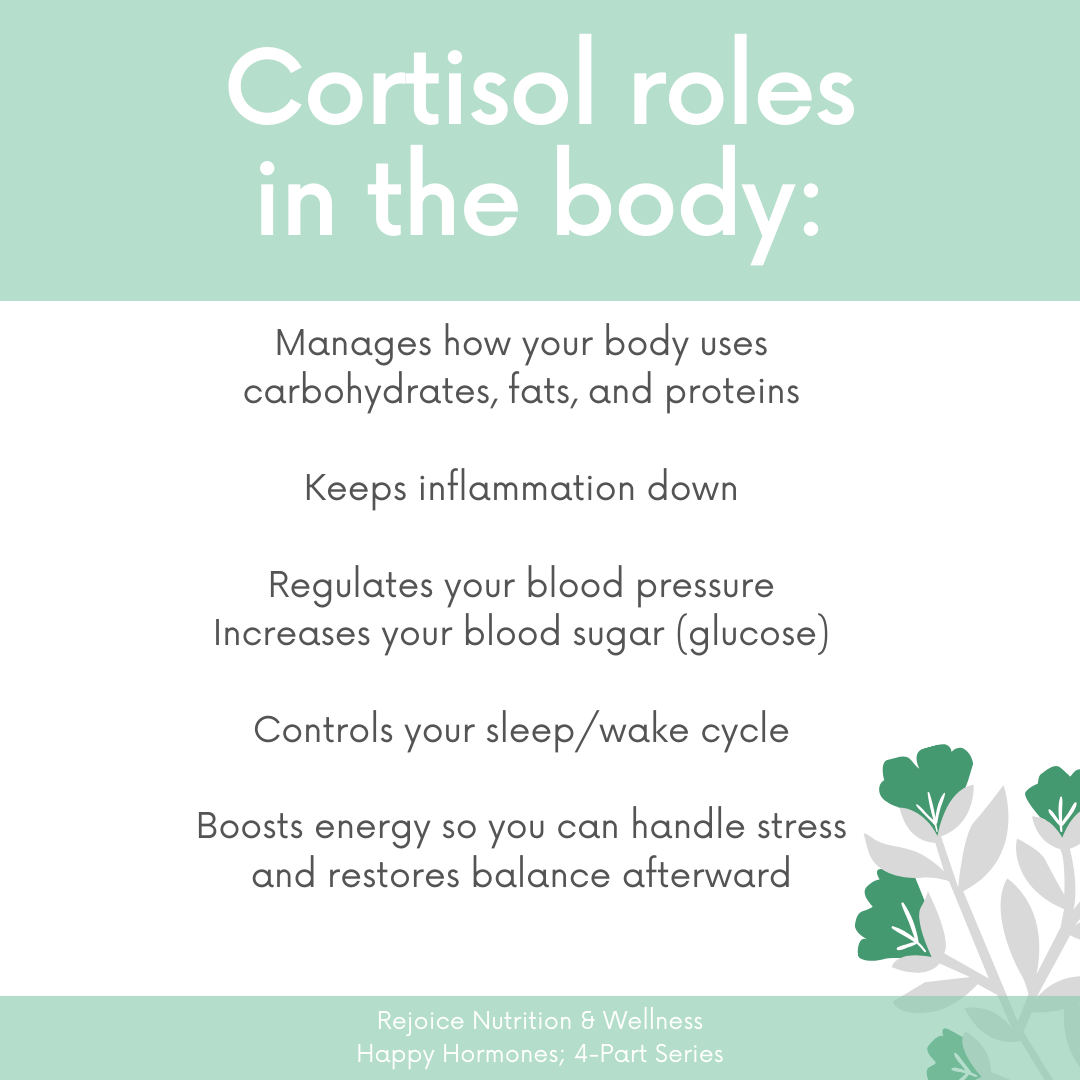Part THREE of our Happy Hormone Series
Last week in Series two it was all about developing an understanding of our Stress, Adrenals, & Sex Hormones. We discussed:
What happens in our body when it’s under stress?
The difference between Healthy vs. Unhealthy Stress?
Cortisol & it’s long-term impacts on your hormone health
Too Much Vs. Too Little Cortisol
The Adrenals, Stress, & Strategies
Sex Hormones, Vitality & Healthy Habits
If you missed the blog post last week from series two, you can snag it here before we move on. If you are all following along then great let’s dive into Series Three, PCOS, Endometriosis, & Estrogen Dominance! In Series Three, we are discussing:
The 411 on PCOS
The 411 on Endometriosis
The 411 on Estrogen Dominance
How I help my clients transform their hormonal health using a Food-First Approach, the Right Movement, & Stress Management Strategies.
Finally, Your Freebie this week!! A complete 7-day Meal Plan designed to support PCOS, Endometriosis & E.D, and why those foods are there!
Series 3 is gonna be awesome so let’s get started!
1) The 411 on PCOS
1. oligo- or chronic anovulation2. clinical and/or biochemical signs of hyperandrogenism3. polycystic ovaries by ultrasound is a complex condition, as we still don’t know its exact cause. Some factors that may be at play are insulin resistance, chronic low-grade inflammation, fatty tissue dysfunction (lipotoxicity), and heredity.Because of its involvement with multiple body systems, symptoms can vary. For this reason, it may go undetected by some doctors.
Why is PCOS SO important to know about and make lifestyle changes to address?
PCOS is responsible for approximately 25-30% of infertility in women, which is mainly anovulatory. Women with untreated PCOS also have a higher risk of developing cardiovascular disease, diabetes, endometrial cancer, gestational diabetes, sleep apnea, and liver disease. Working with a naturopathic doctor and/or fertility specialist can optimize your fertility, help to maintain a healthy full-term pregnancy, and minimize the risk of chronic diseases related to PCOS. When a holistic approach is taken, PCOS symptoms can drastically reduce with the help of nutrition, movement, and stress management.
Some Symptoms of PCOS include:
2) 411 on Endometriosis
Endometriosis is an often painful disorder in which tissue similar to the tissue that normally lines the inside of your uterus, the endometrium, grows outside your uterus. Endometriosis most commonly involves your ovaries, fallopian tubes, and the tissue lining your pelvis.
With endometriosis, the endometrial-like tissue acts as endometrial tissue would — it thickens, breaks down and bleeds with each menstrual cycle. But because this tissue has no way to exit your body, it becomes trapped. When endometriosis involves the ovaries, cysts called endometriomas may form. Surrounding tissue can become irritated, eventually developing scar tissue and adhesions — abnormal bands of fibrous tissue that can cause pelvic tissues and organs to stick to each other.
Signs & Symptoms of Endometriosis:
- Extremely painful or disabling menstrual cramps- pain and cramping can occur before, during and after menstruation
- Chronic pelvic pain, including lower back pain
- Pain during or after sexual intercourse
- Painful bowel movements or urination, especially during menstruation
- Intestinal pain
- Heavy menstrual flow
- Premenstrual spotting or bleeding between menstrual periods
- Infertility (30%-40% of Endo sufferers are infertile)
- Fatigue, diarrhea, constipation, bloating or nausea, especially during the menstrual period
Insulin-Resistance, Gut health, & Inflammation need to be addressed when looking at supporting your Endomerosis Symptomatology.
Here are some ways natural strategies to introduce into your daily life:
Health Risks Associated with Estrogen Dominance:
Hormonal Cancers
Autoimmune Disease
Candida Overgrowth
Thyroid dysfunction
9 Causes of Estrogen Dominance:
4) How I help my clients transform their hormonal health using a Food-First Approach, the Right Movement, & Stress Management Strategies.
Addressing Excess Estrogen or imbalanced Estrogens as it relates to PCOS, Endometriosis, and Estrogen Dominance takes a multi-faceted approach with Nutrition, Movement, & Stress Management. We want to look at a wellness plan that includes both detoxifications of our liver (as our liver is our primary detoxification pathway for excess hormones, and then add in supportive habits to keep things in check.
One of the best ways to clear your body of excess estrogens and achieve proper hormone balance for both men and women is to support your liver. Consuming foods such as:
- Garlic
- Bitter Greens like dandelion greens or wheatgrass
- bring on the fresh herbs! cilantro, parsley, etc.
- Citrus! squeeze lemon juice onto veggies or proteins.
- 1 cup of Cruciferous veggies a day help your liver happy!
- Beets are loaded with betaine and so good for our liver.
Supplements that include Calcium-D-Glucarate, which binds estrogen that would otherwise be recycled and reabsorbed by your body and flushes it out of your system can be useful. Also, Diindolylmethane (DIM) helps you metabolize estrogen into more of its good metabolites instead of the bad. And N-Acetyl-L-Cysteine (NAC), Milk Thistle, and Alpha-Lipoic acid all support your liver as it works to safely detoxify and clear the estrogens. There are many great hormonal supplement blends that include these. Talk to your Naturopath or the consultant at your local supplement store to help you with these. Additionally, don’t forget one of the series 2 freebies were you can sign-up for FULL SCRIPT Dispensary and enjoy my discount on your top favorite supplement brands. If you are not sure where to start, email me through the contact page and I am happy to send you some recommendations.
Now that you are working on supporting your liver to clear stored estrogens, let’s add in 7 Healthy Habits to keep our hormones happy:
- Nutritional Support: Be mindful and limit foods that contain hidden estrogens, including conventional meat, dairy products, GMO soy products and produce. Opt for grass-fed, pasture-raised, and organic whenever possible to avoid added hormones, pesticides, and fertilizers used in conventional farming methods. Be sure to check out the Environmental Working Group’s Dirty Dozen list for the worst offenders if buying all organic produce isn’t feasible.
- Filter Your Water: Thanks to pollution and runoff, hormone-disruptors are rampant in our water supply. To protect your water, I recommend installing water filters all of your taps and showerheads ideally. But if that is not feasible start by filtering the water you drink.
- Use Non-Toxic Body Products: Switch out chemical-laden personal care products for safer versions that are free and clear of any synthetic compounds. There are so many amazing companies that are coming out with greener beauty products. Check out beauty products from Beautycounter.
- Ditch the Plastic: Replace all the plastic storage containers and water bottles with glass or stainless steel. I love using glass mason jars as they are cheap, come in every size, can be heated or frozen!
- Consider Hormone Alternatives: If taking HRT, consider speaking to your doctor about alternative methods that address the root causes of your menopausal symptoms. Bioidentical hormone therapy is a more natural option for those who depend on HRT for symptom relief, using hormones extracted from plants that act just like the hormones we produce in our body. The same goes for women using oral contraceptives to treat symptoms such as acne or heavy periods. Though it may help to relieve your symptoms now, it may just be throwing fuel on the fire, leading to estrogen dominance and all its associated health risks in the long run. Talk to your Naturopath, Doctor, or Hormone Specialist to learn what works best for you.
- Relieve Your Stress: We talked through stress and it’s the impact on our endocrine system in Series 2. Practice Stress Management every day to keep cortisol levels in check. Choose whatever activity to relieve your stress, such as yoga, walking, or meditation, and make sure you’re getting adequate sleep at night to let your body detox and recover from the stresses of the day.
- The Right Movement: The best hormone supporting workouts need to be short & sweet (30-40 minutes max sessions). If your workout is too long, you are secreting too much cortisol stress hormone so keep it short and sweet. Choose short and intense resistance training over longer cardio sessions to boost growth hormones.
Your series 3 FREEBIE is a complete 7-Day Meal Plan with a shopping list and recipes that are designed with the nutrients and food combining principals to address PCOS, Endometriosis, & E.D. symptoms! Its gonna be awesome so be sure you are on the Rejoice listserve.
